Yes, the GLA-Class rear camera quality offers stunning clarity, providing drivers with a sharp, detailed view of their surroundings for safer and more confident reversing.
Ever find yourself squinting at your Mercedes-Benz GLA-Class’s backup camera screen, wishing for a clearer picture? You’re not alone! Many GLA owners wonder if their rear camera screen is supposed to be a bit fuzzy or if there’s something they can do about it. The good news is, your GLA-Class is designed to give you fantastic visibility. Let’s dive into why it’s so good and what makes that rear view so crystal clear.
We’ll explore the technology behind the GLA’s impressive camera system and share simple tips to keep yours performing at its best. Get ready to see your parking and reversing in a whole new light!
Understanding Your GLA-Class Rear Camera
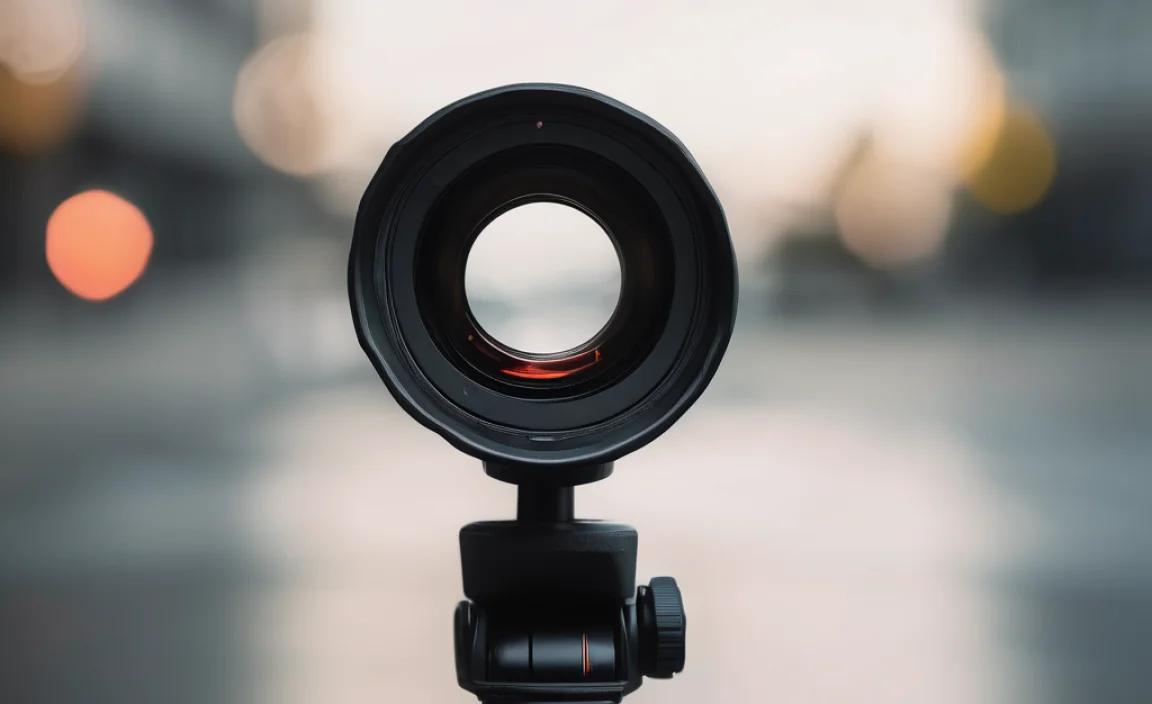
The Mercedes-Benz GLA-Class is equipped with a sophisticated camera system designed to enhance your driving experience, especially when maneuvering in tight spaces. This isn’t just about avoiding bumps; it’s about integrating advanced technology seamlessly into your daily drive.
The Technology Behind the Clarity
The “stunning clarity” you experience from your GLA-Class’s rear camera is a result of several cutting-edge features working together:
- High-Resolution Sensor: Unlike older or basic camera systems, the GLA utilizes a high-resolution sensor. This means more pixels are packed into the image, allowing for finer details to be captured. Think of it like upgrading from a standard definition television to a high-definition one – everything just looks sharper and more defined.
- Wide Dynamic Range (WDR): This is a crucial feature that helps your camera handle challenging lighting conditions incredibly well. WDR allows the camera to capture details in both the brightest and darkest parts of a scene simultaneously. So, if you’re backing up on a sunny day with bright sunlight reflecting off surfaces, or in a dimly lit parking garage, WDR ensures you can still clearly see obstacles, lane markings, and pedestrians.
- Advanced Image Processing: Mercedes-Benz employs sophisticated software algorithms to process the raw data from the camera sensor. This processing sharpens edges, reduces noise (graininess), and optimizes colors. It’s like having a professional photographer fine-tuning the image in real-time before it even reaches your display.
- Optimized Lens: The lens on the GLA-Class’s rear camera is designed to provide a wide field of view without significant distortion. This wide angle allows you to see more of your surroundings, minimizing blind spots. The optics are carefully engineered to reduce aberrations and maintain sharpness across the entire image.
- Integration with Parking Assist Systems: The rear camera often works in conjunction with other parking sensors and displays (like dynamic guidelines). These systems don’t just show you a static image; they provide visual cues that move with your steering wheel, offering a dynamic overlay onto the camera feed. This integration enhances the perceived clarity and usefulness of the camera.
What Makes the GLA’s Camera Stand Out?
Many luxury car manufacturers are starting to offer advanced camera systems, but Mercedes-Benz has consistently prioritized clarity and usability. For the GLA-Class, this means:
- True Color Reproduction: The system is calibrated to show colors as accurately as possible, helping you distinguish between different surfaces and colors of objects.
- Low-Light Performance: While no camera is perfect in absolute darkness, the GLA’s system is engineered to perform remarkably well in low-light conditions, which is often a pain point for less advanced systems.
- Durability and Reliability: The camera module itself is built to withstand the rigors of automotive use, including wide temperature ranges, vibrations, and weather exposure. This ensures consistent performance over time.
Common Misconceptions About Rear Camera Quality
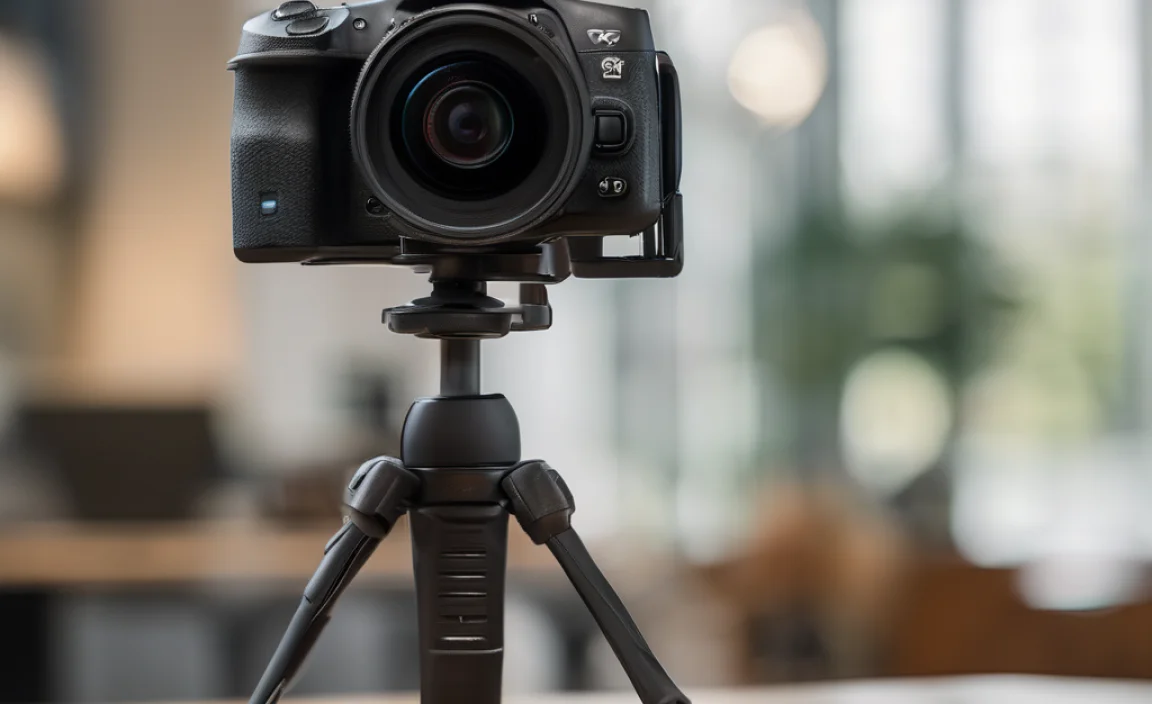
It’s easy to assume that any fuzziness or poor quality in your rear camera view is a sign of a major problem, but often it’s something much simpler. Let’s clear up some common myths:
Myth 1: “My backup camera is always supposed to look like a phone pic.”
While modern car cameras are good, they are still subject to lighting, lens limitations, and environmental conditions. They are optimized for practical visibility, not artistic perfection. What you see is designed to be functional and informative.
Myth 2: “If it’s not perfectly sharp in the dark, it’s broken.”
Low-light performance is a challenge for all cameras. While the GLA’s is excellent, it might not be as sharp as in broad daylight. Expect a slight drop in clarity in very dim conditions, but it should still be perfectly usable and provide enough detail to spot obstacles. This is where the Wide Dynamic Range (WDR) really shines, helping to mitigate this.
Myth 3: “Dirt or smudges on the lens won’t make a big difference.”
This is actually the opposite of a myth – it’s a crucial truth! Even a thin layer of dirt, dust, water spots, or grime on the exterior lens of the camera can significantly degrade image quality, causing blurriness, reduced contrast, and a generally hazy appearance.
Myth 4: “The screen quality is the main factor in camera clarity.”
While the infotainment screen plays a role in displaying the image, the primary determinant of “clarity” comes from the camera sensor, lens, and image processing. A high-quality camera feed displayed on a decent screen will look good. A poor camera feed won’t magically improve on even the best screen.
Myth 5: “There’s nothing I can do to improve the view.”
This couldn’t be further from the truth! Simple maintenance and understanding the system’s capabilities can unlock the stunning clarity it was designed to provide.
Maintaining Your GLA-Class Rear Camera for Peak Performance
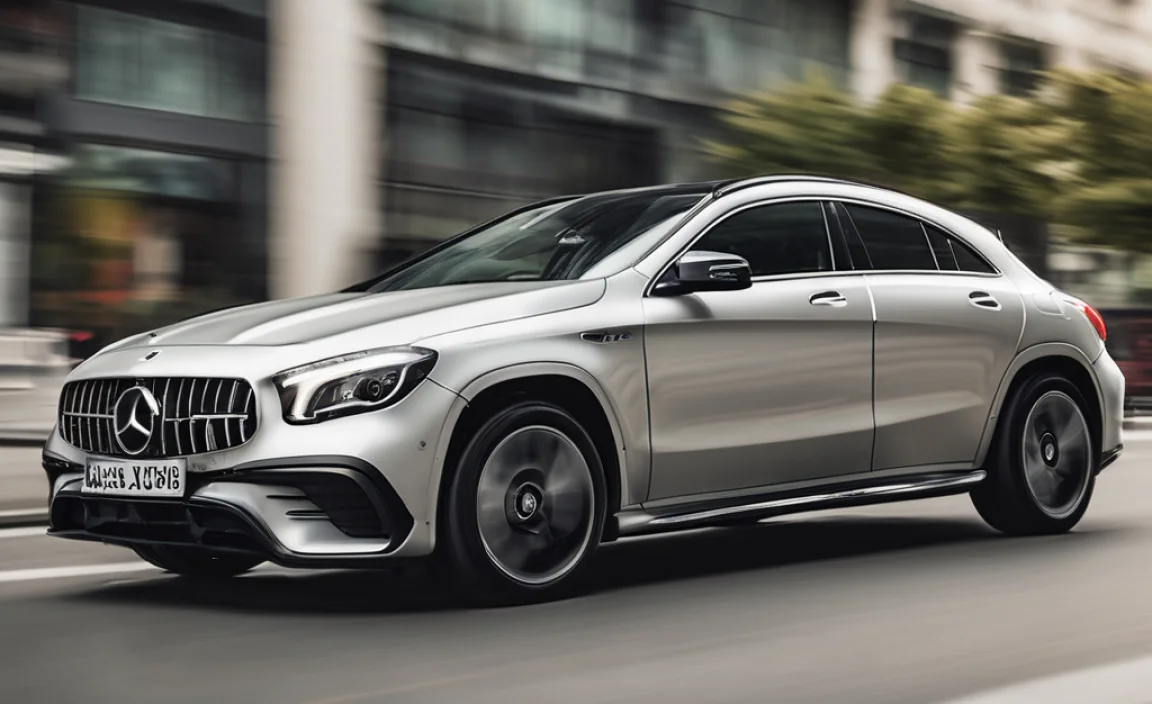
Keeping your GLA-Class’s rear camera in top shape is surprisingly simple. The key is regular, basic maintenance. This ensures that the advanced technology within your car continues to provide that sharp, reliable view you depend on.
Step-by-Step Guide: Cleaning the Rear Camera Lens
The rear camera lens is typically located on the tailgate or trunk lid of your GLA-Class. It’s a small, often circular or rectangular glass surface.
- Gather Your Supplies: You’ll need a few simple items:
- Two clean, soft microfiber cloths.
- A mild, non-abrasive glass cleaner or a dedicated automotive glass cleaner. You can also use a 50/50 mix of isopropyl alcohol and distilled water if you don’t have a specific cleaner.
- A small container of clean water (optional, for rinsing the cloth).
- Locate the Camera: Open the tailgate or trunk. The camera is usually integrated into the handle or trim piece above the license plate. Consult your owner’s manual if you have trouble finding it.
- Initial Wipe-Down: Take one of your clean microfiber cloths. If there is loose dust or debris, gently wipe the lens in a single direction to remove it without scratching. Avoid circular motions that can grind dirt into the surface.
- Applying Cleaner: Lightly spray your chosen glass cleaner onto the second microfiber cloth. Do NOT spray cleaner directly onto the camera lens. Excess liquid could potentially seep into the housing and cause damage.
- Cleaning the Lens: Gently wipe the camera lens with the damp microfiber cloth. Again, use smooth, back-and-forth or up-and-down motions. Focus on removing any smudges, water spots, or grime.
- Drying and Polishing: Use the first, dry microfiber cloth to gently dry and polish the lens. This will remove any streaks left by the cleaner and ensure a perfectly clear finish.
- Inspection: Once clean, visually inspect the lens. It should look clear and free of smudges.
When to Get Professional Help
While cleaning is usually all that’s needed, there are times when you might need to consult a professional:
- Persistent Blurriness: If the image remains blurry or distorted after thorough cleaning, the camera might have internal issues.
- Water Intrusion: If you see condensation or water droplets inside the lens housing, it indicates a seal failure.
- Physical Damage: Cracks, chips, or significant scratches on the lens itself can impact clarity.
- No Image Display: If the screen remains black or shows an error message when you put the car in reverse, there could be a wiring issue or a fault with the camera module.
For any of these issues, it’s best to visit a qualified Mercedes-Benz dealership or a trusted automotive repair shop specializing in luxury vehicles. They have the diagnostic tools and expertise to identify and fix complex camera system problems.
Factors Affecting Rear Camera Performance
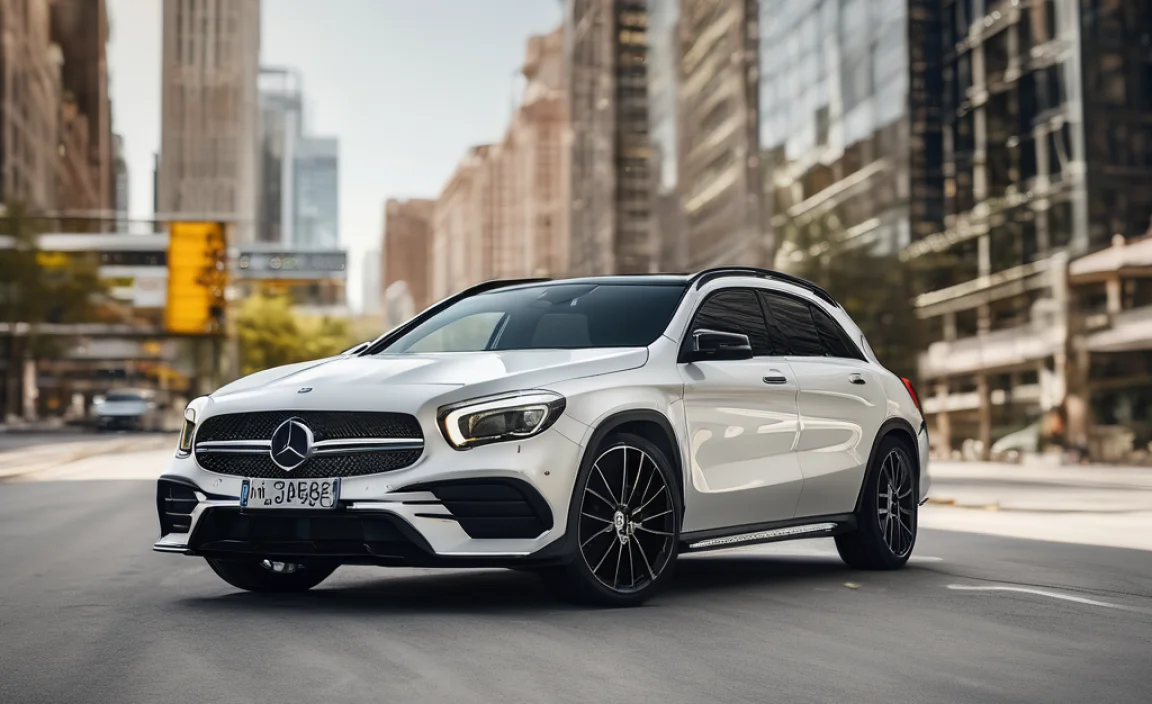
Even with a perfectly clean lens, several external factors can influence the perceived quality of your GLA-Class’s rear camera view.
Lighting Conditions
This is perhaps the most significant factor. The camera’s performance will vary greatly depending on the ambient light.
- Bright Sunlight: Can sometimes cause lens flare or make it harder to see details on very bright surfaces. The Wide Dynamic Range (WDR) helps significantly here.
- Low Light/Dusk/Dawn: As mentioned, clarity may decrease. The system tries its best to amplify available light, but it can lead to a slightly grainier image.
- Nighttime: In complete darkness, the camera relies on ambient light from streetlamps or headlights. It cannot produce images in total absence of light without infrared illumination, which most automotive cameras don’t have.
- Direct Glare: Sunlight or headlights shining directly into the lens can temporarily blind the camera, similar to how it affects human vision.
Weather Conditions
Rain, snow, and even heavy fog can obscure the camera’s view and affect image quality.
- Raindrops: Can cling to the lens, creating water spots that distort the image.
- Snow and Ice: Can completely block the lens.
- Fog and Mist: Can reduce visibility and make the image appear hazy.
Obstructions and Dirt
Beyond just the lens, other elements can impact your view.
- Mud Splatter: From driving on unpaved roads or through puddles, mud can cover the entire camera housing, not just the lens.
- Debris: Leaves, small stones, or even bug residue can accumulate around the camera area.
Vehicle Settings and Software
While less common, vehicle settings and software can play a role.
- Screen Brightness: Ensure your infotainment screen’s brightness is set appropriately for daytime and nighttime driving. A dim screen will make even a clear camera image appear unclear.
- Software (Infotainment System): Although rare, a glitch in the vehicle’s infotainment system could theoretically affect camera display quality. Ensuring your vehicle’s software is up-to-date, as recommended by Mercedes-Benz, is good practice.
Comparing GLA-Class Camera Quality to Other Models/Brands
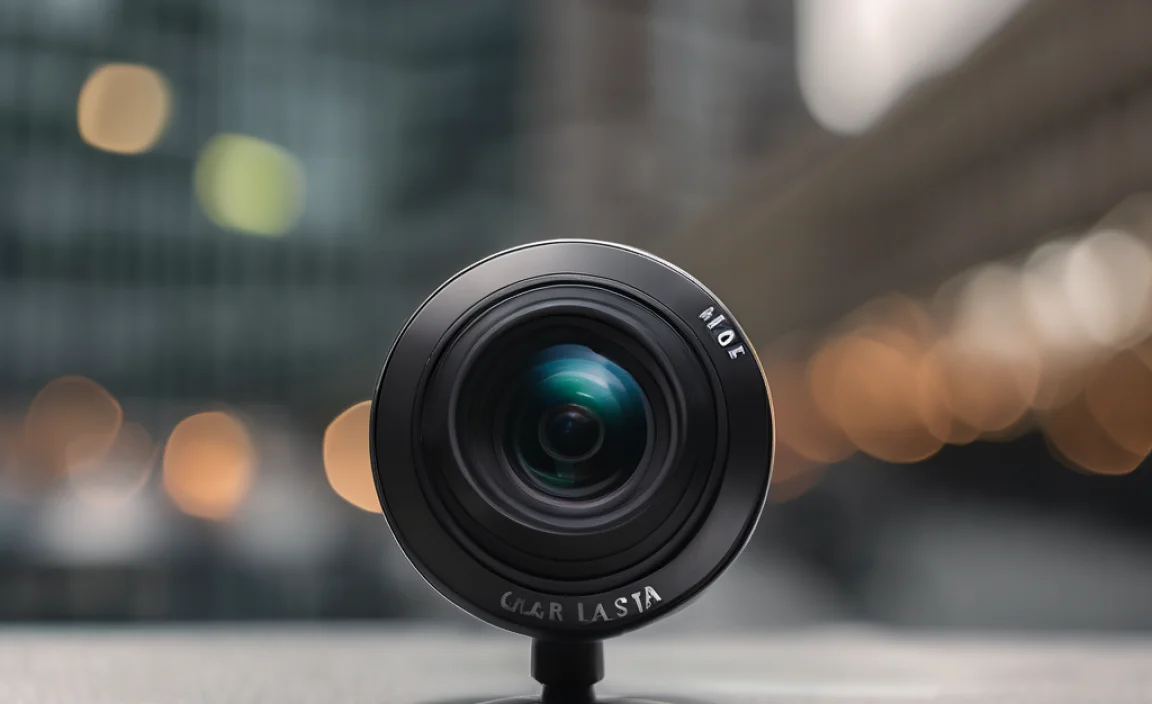
Mercedes-Benz has a reputation for excellence, and its camera systems generally live up to that expectation, especially in premium models like the GLA-Class. How does it stack up?
GLA-Class vs. Other Mercedes-Benz Models
Generally, within the Mercedes-Benz lineup, higher-tier models (like the E-Class or S-Class) might feature slightly more advanced camera hardware or multiple cameras (e.g., 360-degree view). However, for its segment, the GLA-Class offers a class-leading rear camera experience. The core technology – high-resolution sensors, WDR, and advanced processing – is often shared across the range, ensuring a consistently high level of clarity.
GLA-Class vs. Competitors
In the compact luxury SUV segment, the GLA-Class competes with vehicles from brands like BMW (X1, X2), Audi (Q3), and Lexus (UX). Mercedes-Benz often leads in image processing and the clarity of its default rear camera. Some competitors might offer different camera views or slightly wider angles, but the sharpness and detail of the GLA-Class’s feed are frequently praised.
For example, a comparative look might reveal:
| Feature | GLA-Class | Competitor A (e.g., BMW X1) | Competitor B (e.g., Audi Q3) |
|---|---|---|---|
| Resolution | High (e.g., 720p equivalent) | Varies (often HD comparable) | Good (HD standard) |
| Wide Dynamic Range (WDR) | Excellent | Good to Very Good | Good |
| Low Light Performance | Very Good | Good | Good |
| Color Accuracy | Excellent | Good | Good |
| Dynamic Guidelines | Standard/Available | Standard/Available | Standard/Available |
Mercedes-Benz often excels in delivering a natural-looking image that is easy on the eyes, rather than an overly processed or fish-eyed view. This focus on clarity directly contributes to driver confidence.
It’s worth noting that the exact specifications and performance can vary slightly by model year and option packages. However, the general consensus is that Mercedes-Benz, including the GLA-Class, provides a superior rear camera experience compared to many in its class.
Troubleshooting Common Issues Affecting Camera Clarity
Sometimes, despite your best efforts, you might encounter issues with your GLA-Class’s rear camera. Here’s how to address them.
Issue: Camera Image is Grainy or Noisy
Cause: Typically due to low light conditions, or sometimes digital noise from the sensor when it has to amplify a weak signal.
Solution:
- Wait for better lighting conditions.
- Ensure the lens is clean to maximize available light capture.
- Check your infotainment screen’s brightness settings.
- If the issue persists even in good light, it might indicate a sensor issue.
Issue: Image Appears Distorted or Warped
Cause: Caused by the wide-angle lens, which is designed to provide a broad view. Some distortion, especially at the edges, is normal.
Solution:
- Understand that a degree of wide-angle distortion is normal and necessary for visibility.
- Dynamic guidelines that move with steering are calibrated to account for this distortion, making them accurate for parking.
- If the distortion is extreme or affects the center of the image, the camera alignment or the lens itself might be faulty.
Issue: Camera Image is Dark or Washed Out
Cause: Poor lighting, direct glare, or potentially issues with the Wide Dynamic Range (WDR) processing. Also, screen brightness settings can play a role.
Solution:
- Adjust your screen brightness.
- Try to position yourself or turn the vehicle slightly to avoid direct sun glare on the lens.
- If the image is consistently too dark or too bright, it could indicate a problem with the WDR calibration or the sensor.
Issue: No Image or Error Message
Cause: This is a more serious issue, often indicating a connection problem, loose wiring, or a completely failed camera module. Sometimes, a software glitch can cause this.
Solution:
- Turn the car off and on again.
- Check all visible camera connections if you are comfortable accessing them (refer to a repair manual); otherwise, this usually requires professional diagnosis.
- A Mercedes-Benz dealership can use diagnostic tools (like XENTRY/DAS) to check the camera module and its communication bus (CAN bus, etc.).
- For information on automotive electrical systems and troubleshooting, resources like the International Telecommunication Union (ITU) offer standards that underpin automotive networking, though specific repair guides are best found through automotive specialists.
Remember, most everyday clarity issues are resolved with a simple lens cleaning. For more complex problems, professional help is recommended to ensure your vehicle’s safety systems are functioning correctly.
Frequently Asked Questions (FAQ)
Q1: How often should I clean my GLA-Class rear camera?
A1: It’s a good habit to clean it whenever you wash your car, or whenever you notice the image is smudged or unclear. A quick wipe with a microfiber cloth takes seconds and makes a big difference.
Q2: Can I use Windex to clean the rear